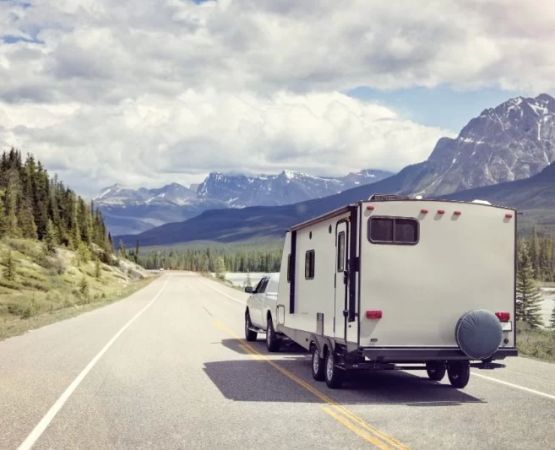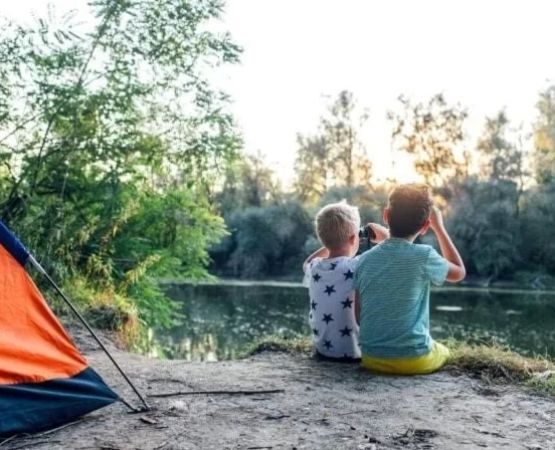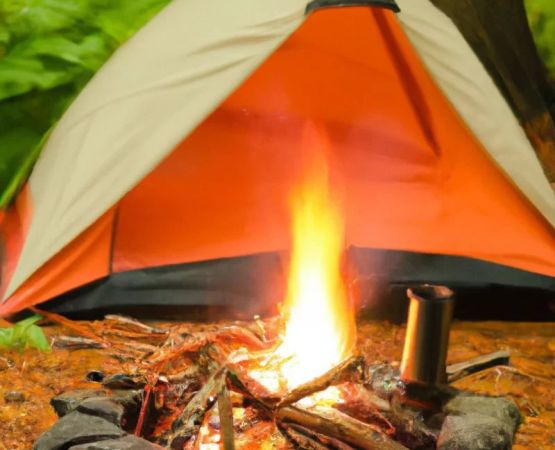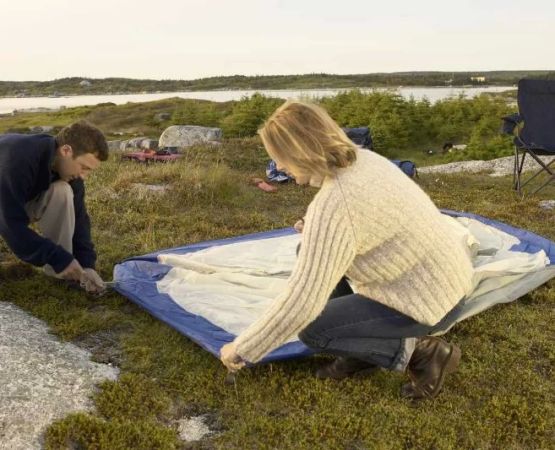Essential Gear for Camping Near National Parks
Camping near a national park is one of the most rewarding ways to immerse yourself in nature. I remember my first trip to Yosemite National Park – the beauty of the towering trees and crystal-clear lakes was beyond words. However, my excitement quickly turned to frustration when I realized I hadn’t packed the essentials. That experience taught me the importance of being properly prepared. Now, after several trips to various national parks, I’ve learned exactly what to pack to ensure a comfortable, enjoyable camping experience. If you’re planning a camping trip near a national park, here’s everything you need to pack to have a smooth and unforgettable adventure.
1. Choosing the Right Tent
The first thing you’ll need is a reliable tent. I can’t stress enough how important it is to choose the right one. When I camped near the Grand Canyon, I learned the hard way that not all tents are built to withstand the elements. Whether you’re heading to a park with mild weather or somewhere with unpredictable storms, make sure your tent is sturdy and weather-resistant. I prefer a three-season tent, as it works well for most national parks. You’ll also want a tent that’s big enough for everyone in your group, with extra space for gear. Don’t forget a rain fly – it’s a lifesaver when the weather turns.
2. Sleeping Bags and Sleeping Pads
Good rest is essential, especially when you’re exploring rugged terrains during the day. A high-quality sleeping bag is crucial for staying warm, even if you're camping in the summer months. I remember camping near Yellowstone in early spring, and the temperatures dropped unexpectedly at night. My insulated sleeping bag kept me warm even in chilly conditions. Make sure to pick a sleeping bag that matches the season and the expected temperatures. Also, a sleeping pad is a must for comfort and insulation from the cold ground. I personally swear by inflatable pads – they’re compact and easy to pack.
3. Cooking Gear and Food
Food is one of the best parts of camping, but cooking in the wilderness requires the right gear. On my trip to Zion National Park, I quickly realized I needed a portable stove and cooking utensils that were easy to use and pack. I recommend a small camp stove that runs on either propane or butane. It’s convenient and efficient for cooking meals after a long day of hiking. Also, don’t forget the necessary cooking pots and utensils. I usually pack a lightweight pot and spatula. For meals, I prefer easy-to-make options like freeze-dried meals, which are perfect for reducing weight and space.
4. Water and Hydration System
Water is crucial when you’re out in nature, especially during hot summer months. I learned the importance of carrying enough water on a trip to Arches National Park when I ran out of water halfway through a hike. To avoid this, always carry enough water for your entire trip, or bring a water filter if you plan to use water from natural sources. I like carrying a hydration reservoir – it allows me to sip water while hiking without stopping. If you’re hiking in a remote area with no water sources, pack plenty of bottled water, and consider packing a portable water purifier or purification tablets.
5. Clothing for All Conditions
When camping near national parks, the weather can change dramatically. I’ve learned from experience to pack clothing for every condition, from sweltering heat to chilly evenings. I always pack moisture-wicking clothes, which help to keep me cool and dry during the day. In the cooler months, layering is key – a lightweight jacket, fleece layer, and a waterproof outer layer will keep you comfortable. Make sure to include a pair of durable hiking boots that are broken in and comfortable for long treks. A wide-brimmed hat, sunglasses, and sunscreen are must-haves to protect from the sun.
6. First Aid Kit and Emergency Supplies
Safety should always be a priority when camping near national parks. I’ve had a few minor accidents on the trail, and having a first aid kit on hand made all the difference. Pack a well-stocked kit with bandages, antiseptic wipes, tweezers, pain relievers, and any personal medications. A compact emergency whistle, multi-tool, and headlamp are also great to have in case of an emergency. I also carry a small portable power bank to charge my phone, just in case I need it for GPS or emergency situations.
7. Lighting and Flashlights
After the sun sets, national parks can get incredibly dark. A reliable flashlight or headlamp is essential for navigating the campsite after dark. I always bring a rechargeable headlamp, as it leaves my hands free while setting up camp or cooking dinner. A small lantern is also helpful for illuminating your tent or campsite. It’s amazing how useful a good light source can be in the wilderness. I recommend bringing extra batteries to avoid running out of power in the middle of the night.
8. Personal Items and Entertainment
While national parks offer endless opportunities for outdoor exploration, it’s always nice to have something to do around the campfire or in the evenings. I pack a good book or a journal to reflect on my adventures. If you’re traveling with kids, consider bringing games or a deck of cards to keep them entertained. A camera is also essential to capture the beautiful moments you’ll encounter. And don’t forget toiletries like biodegradable soap, toothpaste, and a toothbrush – I prefer eco-friendly options to minimize my impact on the environment.
9. Trash Bags and Leave No Trace Principles
As a responsible camper, it’s important to leave the environment just as beautiful as you found it. I always bring plenty of trash bags to pack out everything I bring with me. This includes food scraps, wrappers, and anything else that doesn’t decompose naturally. Practicing Leave No Trace principles helps protect the national parks for future visitors, and it’s an easy habit to form. Remember, if you pack it in, pack it out.
10. Extras to Consider
There are always a few extras that can enhance your camping experience. A portable hammock is a luxury I never regret bringing along – it’s perfect for relaxing by a stream or under the stars. I also like packing a lightweight backpack for day hikes, allowing me to carry just the essentials. Depending on the time of year and park, a pair of binoculars for birdwatching or a trekking pole for difficult terrain can be useful additions. Don't forget a good pair of gloves if you're camping in cooler weather, especially for gathering wood or handling cooking equipment.






